How to Build Your Own Computer for Video Editing
What Computer Parts do you need to build a PC, you ask? Does this mean you want to build your own PC? That is absolutely splendid! 🙂
Building your own Computer from individual PC Components has so many benefits compared to just going out and buying a pre-built PC:
Also: It's a lot of fun!
The anticipation of the individual parts being delivered to your house, the shiny boxes with all the different components in them, not to mention researching what parts you actually need, which you are doing right now!
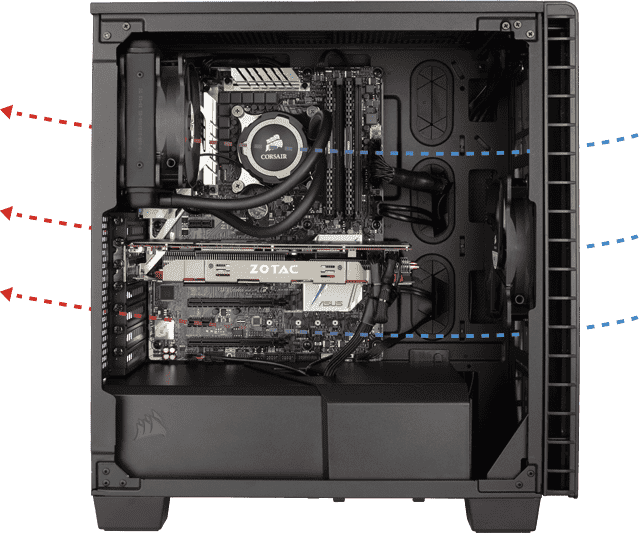
Image-Source: Corsair
By building your own Computer you gain a lot of insight into the inner workings of Hardware Components and how everything fits together.
You will be able to troubleshoot if any problems arise later on much easier, than when you have no clue what is actually going on inside your PC's Case.
Knowing the ins and outs of assembling a Computer and what Parts a Computer needs will also let you upgrade your Computer in the future.
Another very important factor is optimization. Knowing how a Computer works also enables you to optimize it as much as possible for your type of work.
You can optimize by buying the best parts for your specific workloads, be it Gaming, 3D Rendering, Modeling, Graphic Design, Video Editing or so many other purposes you can use a Computer for.
Building your own computer also is a lot cheaper than getting a pre-built PC. You can usually save around 30% in Cost when researching, buying the PC Components individually, and assembling them yourself.
And the best of it all, building a Computer is so easy, it's kind of interesting that not more people are doing it!
Anyway, we now definitely know that we are on the right track in looking into building our own Computer, that's probably why you came here in the first place.
If you already have a grasp on what general type of Computer you need, what specific Parts do we need to build a PC?
Let's see:
Computer Parts List (PC Components)
Here is the Computer Parts List with all the basic Hardware Parts that you will need for a functioning PC:
- Case
- Motherboard
- CPU [Processor]
- GPU [Graphics Card] (if no integrated GPU)
- RAM [Memory]
- Storage Device (SSD, NVME SSD, HDD)
- Cooling (CPU, Chassis)
- PSU [Power Supply Unit]
- Display device, Monitor
- Operating System [OS]
- Input Devices, Mouse, Keyboard
Let's take a closer look at them:
Case
The Computer case is nothing more than a fancy looking box that holds all of the PC's components. It can be opened and closed and usually has pre-defined areas with screws and holes where all the other Components are supposed to be placed and attached to.
PC Cases come in different colors, sizes, with or without fans, some have LED lights some don't, some have glass side panels, some others look absolutely crazy.
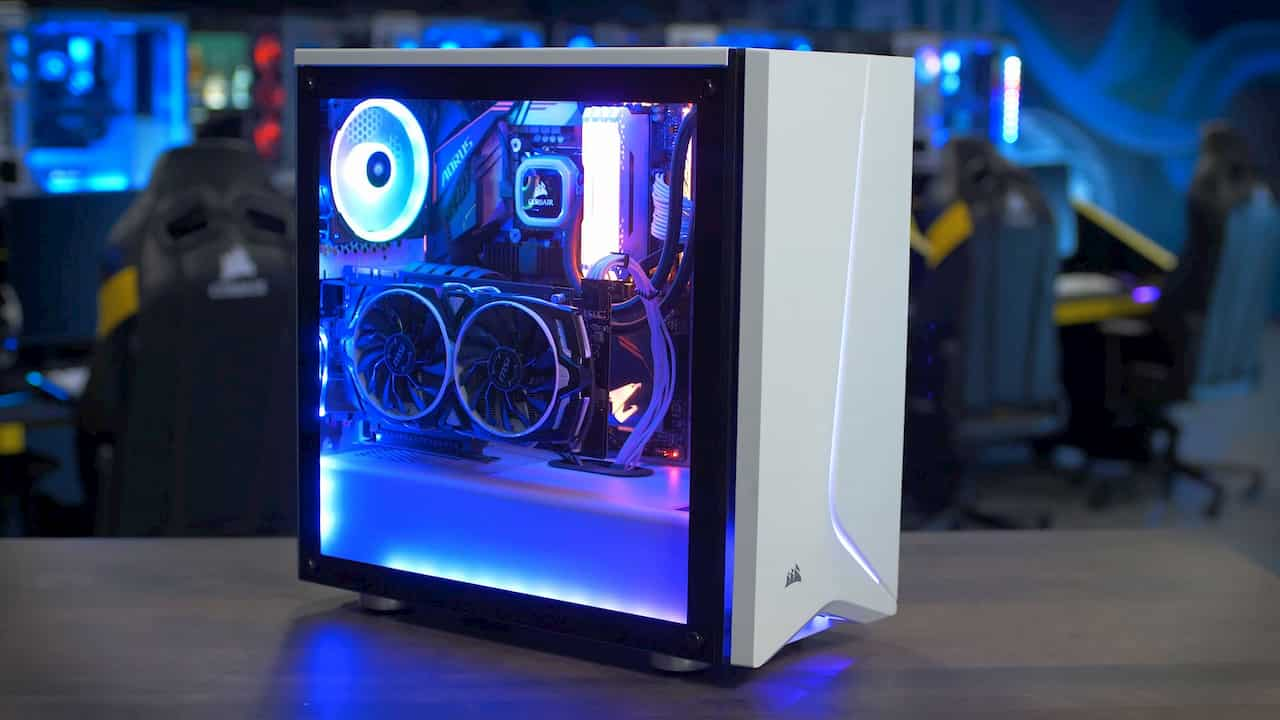
Image-Source: Corsair
Usually, you can think of a PC Case as a black (or white) Box with some buttons on top. This is where all of your components will fit into when you are done building your PC.
You don't actually need a case, you could also just lay all of your components on the floor or mount them on the wall, some people do, but being able to just pick up the entire Computer by picking up the Case comes in handy.
Some Cases that are extremely popular and often recommended are the NZXT H500 – ATX Mid-Tower or the Phanteks Enthoo Pro.
Motherboard
Next up is a very important part, the Motherboard.
The Motherboard is a Printed Circuit Board that every other Computer Hardware Component will be attached to. It is like a central hub that manages and connects all of your other Parts.
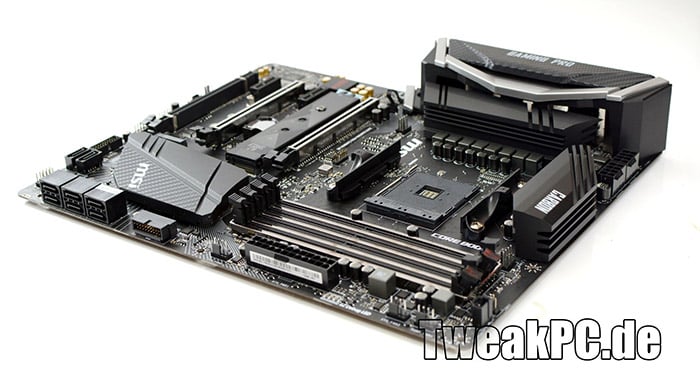
Image-Source: tweakpc.de
The Motherboard has connectors for cables like power cables and data cables, slots for cards like GPUs & sockets for CPUs.
There are also lots of little building blocks like transistors, capacitors, jumpers, and lots of other tiny parts, that all go towards making your different hardware components work well together.
Check out the best Motherboards for the popular AMD Ryzen CPUs here and Intel CPUs here.
Processor (CPU)
Into the Motherboard's Socket, the CPU is plugged in. Every CPU type has a specific Socket, that has a named such as 2066, LGA1200, AM4, TR4, and so on, and the Motherboard will need the exact same socket to be compatible with the CPU.
This is usually the first step in picking new parts for your own pc build. Pick a CPU, check what socket it has, and then pick a compatible Motherboard.
Continue on from there.

Image-Source: AMD / Intel
A CPU is the Central Processing Unit of a Computer, and without it, nothing really works.
Almost everything you do on a computer will have to be calculated by the CPU in some way, so having a fast CPU (high clocks and high core count) will make your PC faster.
Head on over to the Custom PC-Builder Tool, to find the right CPU and Computer Parts for the type of Computer that you are looking at building.
Also, be sure to drop by our Forum full of PC Enthusiasts and Experts if you should have any questions!
CPU Cooler
Anything that draws power also generates heat and the CPU generates lots of heat.
This means it has to be cooled to be able to operate flawlessly. What do we need for cooling a CPU? A CPU-Cooler! 🙂
Some CPUs like the AMD Ryzen 3rd Gen Series (e.g. 3900X/5600X) already have CPU-Coolers included in the CPU Box, but lots of others, like the popular Intel i9 10900K do not.
Make sure you have a CPU-Cooler that is compatible with your CPU and Socket. It's the same as with the Motherboard Socket and CPU Socket. The Cooler has to fit the CPU and Socket.
Example: Are you planning on buying an AM4 CPU like the AMD Ryzen 5900X? You need an AM4 Socket Motherboard and an AM4 compatible CPU-Cooler too. Easy as that!
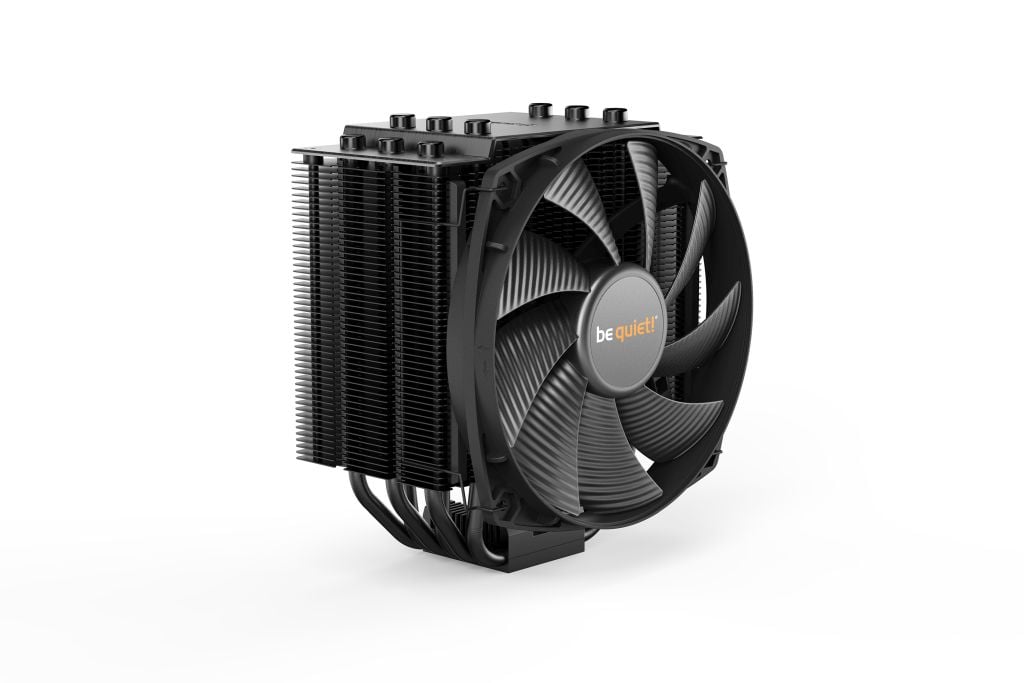
Air Cooled Tower CPU Cooler, Image-Source: bequiet
There are two popular CPU-Cooler types. One is the Air-Cooled Tower Cooler (that you can see in the image above) and the other is an AIO Closed Waterloop CPU Cooler.
AIO Closed Waterloop Coolers tend to do a better job at cooling overclocked CPUs and CPUs that run hot for long periods of time.
AIOs, though, can be noisier (usually have more fans and the added pump noise) and need more room in your PC-Case, as they are attached to the side of the case, connected to the CPU with some Water Pipes.
The air-cooled tower CPU cooler is great at cooling short performance bursts, is nice and quiet, and usually takes up less room in the case. It is simply placed on top of the CPU where it sits and goes about its cooling-work.
Graphics Card (GPU)
Next up is the Graphics Card. Its purpose is the processing of anything that has to do with visuals and outputs these visuals (Images, User Interface, GUI) onto the Monitor.
There are two main types of GPUs, the integrated GPU (iGPU) and a discrete GPU.
The integrated GPU is integrated into the CPU. This means, some CPUs already have a graphics chip built-in and you will not need an additional GPU to attach a monitor to.
When your CPU has an integrated Graphics chip (such as the Intel i9 10900K CPU) you can connect your monitor to the display Adapter on the Motherboard. The thing with integrated GPUs though is: Their performance is very limited.
They are usually good enough for light tasks such as Word-Processing and some minor Games but as soon as you want to dive into graphics-heavy tasks such as 3D GPU Rendering, High-End Gaming, Video Editing, Graphic Design, and many others, you will have to get yourself a discrete GPU.
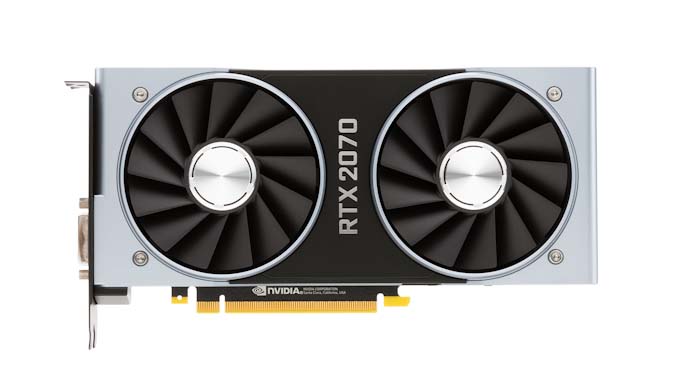
Image-Source: Nvidia
A discrete GPU is a GPU that is not part of the CPU. It comes on its own printed circuit board (like the one in the picture above), that is then plugged into a PCI Express Slot on your Motherboard.
Some modern GPUs include Nvidia's RTX generation such as the RTX 3060 Ti, RTX 3070, RTX 3080.
The competitor AMD also has a solid line-up with the AMD Radeon RX 6800 or 6800XT.
The two Manufacturers, Nvidia and AMD are fighting a fierce battle in getting a lead over the other, but at the moment it seems as though NVIDIA would be the Brand to pick over AMD if you are looking for the maximum performance you can get out of a GPU.
Memory (RAM)
Random Access Memory (RAM) is the short-term-memory part of the Computer if you would compare it to a brain.
The RAM stores data that is actively being worked on by the CPU. RAM can read and write very fast but can't retain information once the power is turned off.
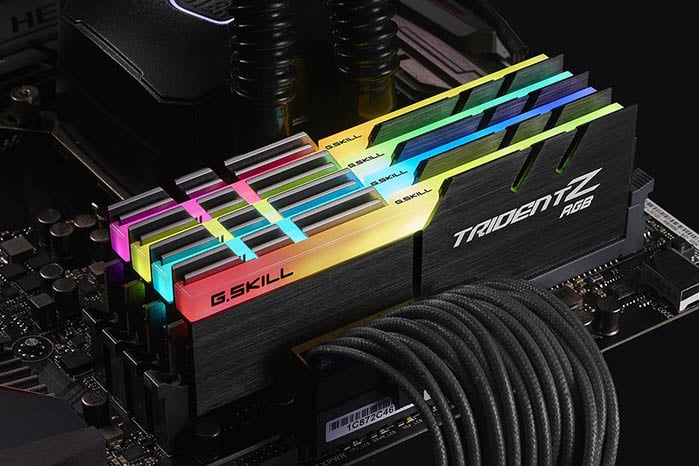
Image-Source: gskill
RAM kits consist of RAM Modules such as the 4 colorful Modules you can see in the image above.
You can get just one Module, 2 Modules, 4 Modules, or even 8 Modules as long as your Motherboard has sufficient RAM Slots.
A Motherboard has RAM slots where RAM gets plugged in to. RAM comes in different capacities starting at around 4GB and going up to 64GB per Module on modern systems. Having more Modules, of course, will multiply your RAM capacity.
Find out what RAM performs the best for your future PC build.
Storage (HDD / SSD / NVME SSD)
Because RAM can't store anything without power and we do want to be able to turn off our computer from time to time, we need a storage medium that retains its stored data, even when the power is off.
There are 3 main mass-storage types:
- The HDD
- the SSD
- and the NVMe SSD.
All three do pretty much the same, they store data for you. The main difference between the three is speed .
An HDD (which still has mechanically moving parts) is the slowest of the three and will usually read and save Data at about 100MByte/s.
An SSD will already read and write at around 500MByte/s and an NVMe SSD currently reads and writes sequential Data with up to 7000MBytes/s.
So, yes, if you can swing it, get an NVMe SSD such as the Samsung 970 Evo Plus!
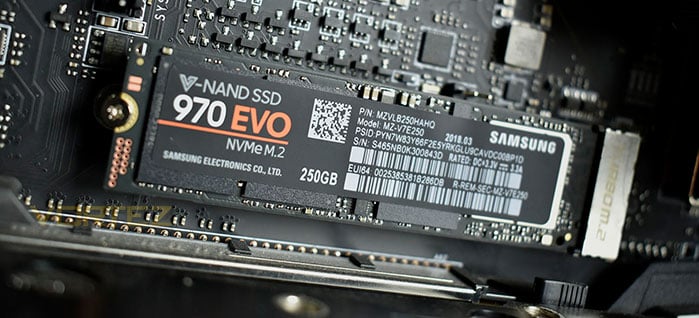
Both HDDs and SSDs are plugged into a SATA plug onto the motherboard via a SATA Cable. They also need Power that they get through a Power Cable from the PSU (Power Supply Unit, I'll talk about that later!)
The NVMe SSD, though, is plugged into the Motherboard directly. It is about as small as a stick of chewing gum and needs no extra cables.
Your Motherboard, of course, has to support NVMe SSDs and have an M.2 slot available. But almost all modern Motherboards nowadays have at least one of these. Highly recommended!
More Cooling
We talked about CPU Cooling a bit already. The CPU is not the only PC Component that needs cooling in a Computer.
The GPU of course also needs cooling, but every discrete GPU that you can buy already comes with an attached Cooler on top of it, so we don't have to worry about extra cooling for the GPU.
Now, as the PC Case is usually closed and the PC Components inside the Case need preferably cool(ish) Air to be able to be cooled, there should be a way to blow colder air from outside of the PC's case into the Case.
This is done by attaching Case Fans to the inside of the case. These then pull in cool air at the front of your PC and blow the hot air out the back of your PC.
This way the inside of the PC-Case and all of your PC Components ideally stay nice and cool.
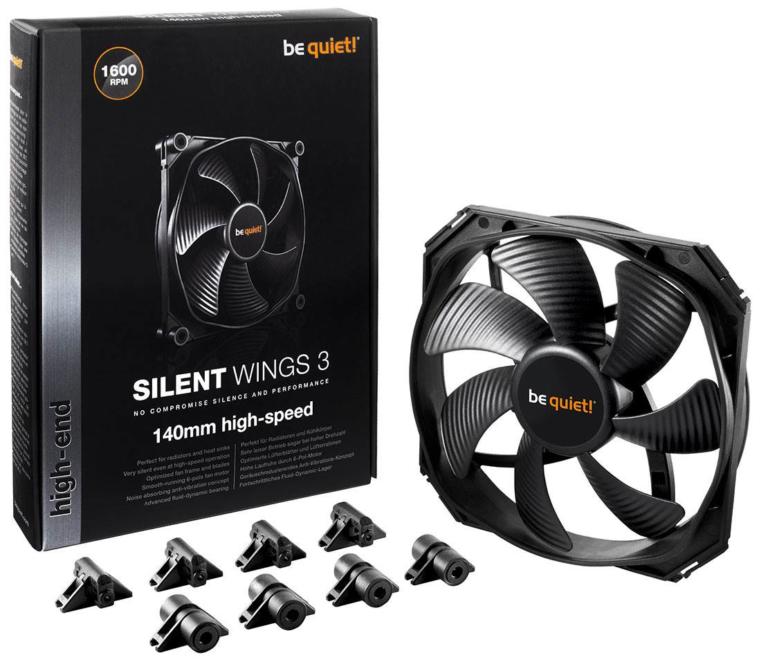
So do you need to get extra Case Fans?
Usually not, as most Cases are shipped with extra fans that will do just fine for this purpose.
If you are thinking about building a really quiet/silent PC though you might want to get higher quality Case Fans than are shipped with a standard case.
Power Supply Unit (PSU)
We picked a bunch of nice PC Components already, but nothing much will happen without a power supply to supply the PC with power.
There are so many PSU brands with different wattage or efficiencies out there, that it can be quite difficult to decide which one to buy.
The important thing is to know how much wattage your current PC Build will need to run stable and possibly how much you will need in the future if you are planning on adding more components, like extra/stronger GPUs or Storage Drives.
You should then of course (now) buy a stronger power supply, that will later also be able to handle the extra components .
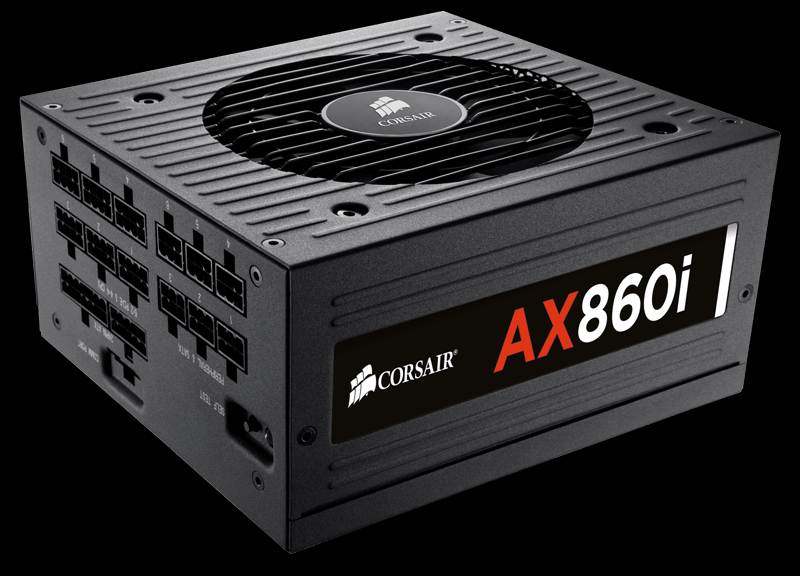
Image-Source: Corsair
If you are unsure of how much wattage your current or future PC Build actually needs head on over to the Wattage Calculator here that tells you exactly how much you need.
Some great Power Supplies that I can recommend without hesitation, are the CORSAIR RMX Series RM650x and the Seasonic FOCUS Plus 650 Gold PSUs. beQuiet is another high-quality PSU Brand, but there might be others you prefer.
That's about it for our Computer's Case.
Everything that goes into the Case we have already discussed. We can close our case now and see what else we need to finish our PC Build.
Monitor
You will, of course, need some kind of display device such as a monitor to be able to see what's going on. Monitors come in all kinds of sizes, colors, resolutions, aspect ratios, and so on.
A popular modern Display usually is a 24" or 27″ Full HD / 4K Monitor from Brands such as Asus, Dell, LG, BenQ, Samsung, and many others.
If you are looking for a Gaming monitor you might not need the IPS-type Panels that have better color display and contrast.
Check this in-depth article on what is important in a great Monitor.
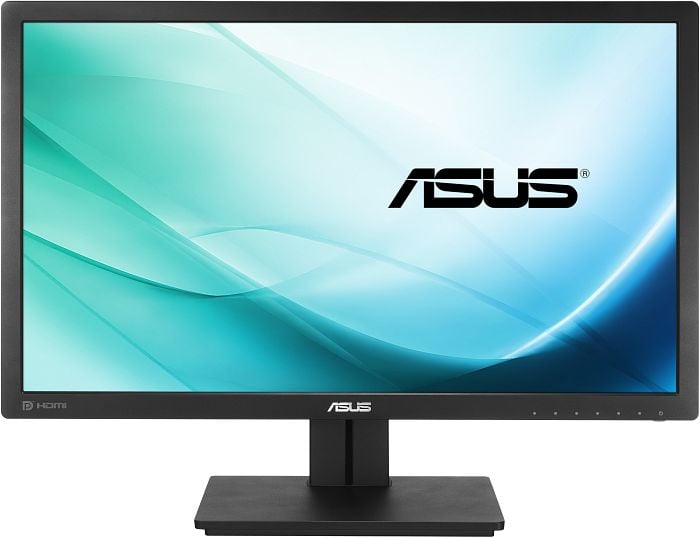
Image-Source: Asus
If you are into Graphic Design and professional Color grading or Video Editing you should invest more money into a good Monitor.
The Monitor is attached to either the discrete GPU or the Motherboard, depending on what type of GPU you have.
Operating System
Windows 10 is the currently leading Operating System that will let you use your PC. Lots of online Stores offer Volume License Keys that usually don't cost you more than 15$ per license.
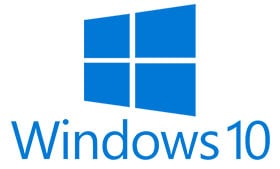
Image-Source: Microsoft
Of course, you will need to install the OS onto your Computer.
There are several ways to do this. You can use a Win10 DVD if you have one and your PC has a DVD Player.
Nowadays though, as optical drives are becoming a thing of the past, the Operating System is usually either downloaded directly from the Internet (for you to create your own boot medium on DVD or thumb drive) or you can buy it on a USB Stick (Thumb-Drive) that you can install Win10 from.
Input Devices
Don't forget a Mouse and Keyboard! 🙂 There are lots of other Input devices such as Graphic Tablets or Pens that you can also use, of course.
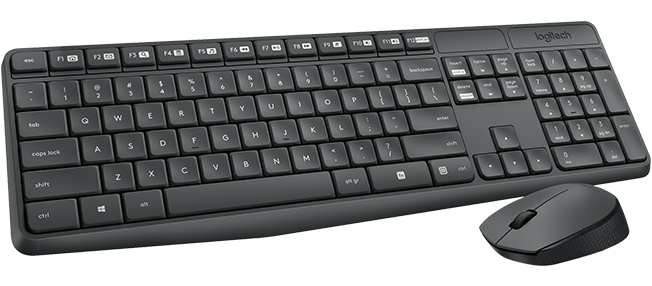
Image-Source: Logitech
Tools needed to assemble a PC
That's pretty much it for PC-Components & Input Devices. You now have all the parts needed to build a functioning PC.
To actually assemble a PC you will need:
- Phillips head screwdriver (a magnetic one for finding those dropped screws)
- Anti Static Wrist Strap (So you don't damage any PC-Parts with static electricity)
Check our PC-Assembly Guide to learn how to build a PC.
Custom PC-Builder
Ready to pick some concrete PC-Parts? Head on over to the Custom PC-Builder Tool for some great suggestions.
Select the main purpose that you'll use the computer for and adjust your budget to create the perfect PC with part recommendations that will fit within your budget.
CGDirector PC-Builder Tool
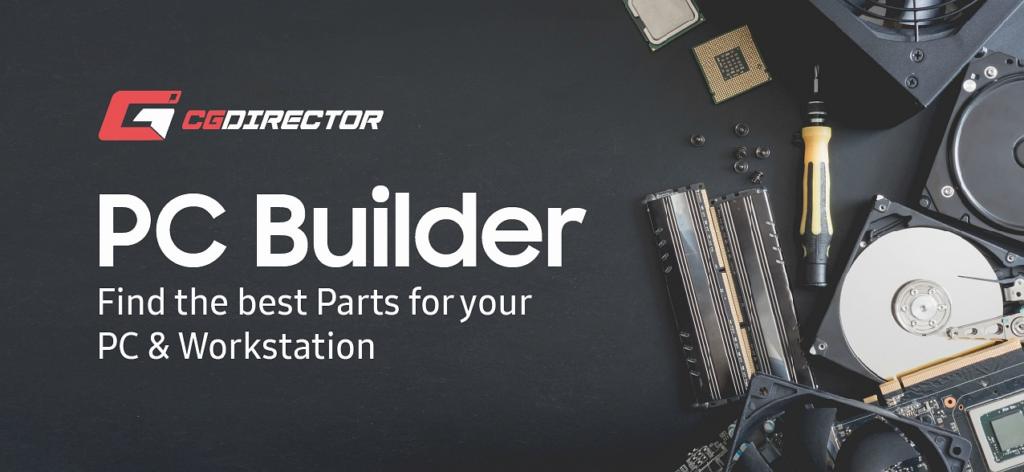
Gaming PC Parts List
Gaming PCs consist of the exact same parts as PCs that are not necessarily meant for gaming – so this article and the list above applies to buying parts for gaming PCs too.
The main difference is in how you allocate your budget to individual parts. When you decide on what parts are needed to build a gaming PC, you usually allocate a much larger part of your budget to the GPU (Graphics Card), as many Games are quite demanding when it comes to graphics.
Apart from buying a strong GPU for gaming, many gamers also like to invest in the look and aesthetics of their PC. RGB Fans and LED strips come to mind which will give your PC a unique look.
What Computer are you building? Need Help? We reply to every comment 🙂
How to Build Your Own Computer for Video Editing
Source: https://www.cgdirector.com/parts-needed-to-build-a-pc/
0 Response to "How to Build Your Own Computer for Video Editing"
Post a Comment